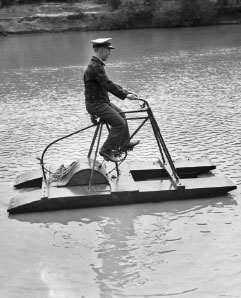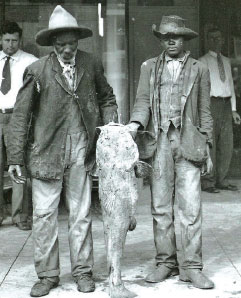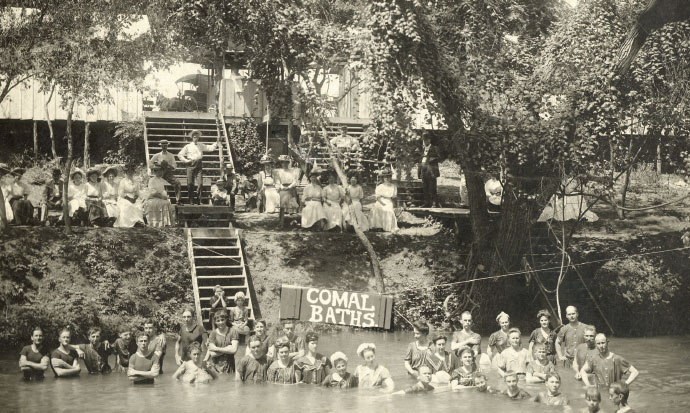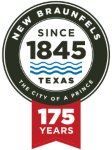Outdoor Life

Early paddle boat design, circa 1900.
“When the sun’s rays fell upon the Comal River, a magical play of blue and green color was produced. The depth of the water is deceptive, owing to its clearness which enables one to see every pebble on the bottom. The temperature of the water is always the same with a steady flow year round. For this reason it smokes like a hot spring during the winter months… during such a time the inhabitants will always find a warm bath of the most pleasant kind.”
– Dr. Ferdinand von Roemer, 1846
“A small seam of trees indicates the course of the Guadalupe River and the cypress take rank among the latter with their mighty trunks, ten feet in diameter, rising out of the water. The beautiful stream flows in a deep bed and a natural prairie meadow one-fourth mile wide, extends between the river and a gently rising chain of hills, on which mesquite trees were scattered.”
– Dr. Ferdinand von Roemer, 1846

Family picnic, 1882.
Situated on some of the most lush, verdant land in Texas, it’s no surprise outdoor recreation became a staple of New Braunfels’ way of life. The Comal Springs are the largest in the entire American Southwest, blessed with an average of 185 million gallons of gushing cold, crystal-clear water per day.

Trophy catfish, 1931.
Early on, New Braunfels’ two rivers were the source of power for industry, but they were just as prized for family outings, picnics, fishing, swimming, and other playful uses. In May of 1860, notable merchant Joseph Landa purchased the land where the largest springs formed a natural lake, and “Landa Pasture” quickly became a favorite recreation spot for visitors to New Braunfels. Helen Gould, daughter of railroad financier Jay Gould, found herself so impressed with the natural beauty of the area she decided to convince both her father and the Landas to build a railroad spur into the area, so others could enjoy the picturesque setting. Within a year, train excursions from San Antonio and Austin brought a new daily industry—tourism—to New Braunfels.
The city opened the Comal Baths in 1900, where children and adults learned how to swim. Today, the city still conducts thousands of swimming lessons each year. A Texas A&M professor opened Camp Warnecke in 1918 to conduct summer school sessions along the banks of the Comal River. From humble beginnings, the camp grew to 100 cabins, a recreation hall, and a popular restaurant. A few decades later, this location is now part of another thriving resort—Schlitterbahn, the world’s #1 rated water park.

Comal Baths, where swim lessons were taught, circa 1920.
Steamboat excursions began on Landa Lake in 1920. In 1936 the city purchased 128 acres of Landa’s Pasture, and purchased 72 additional acres later. The city-run Landa Park is now a hub of family and tourist activity, including popular paddle boat trips.

Camp Placid and spring-fed pool in Landa Park, circa 1920.
